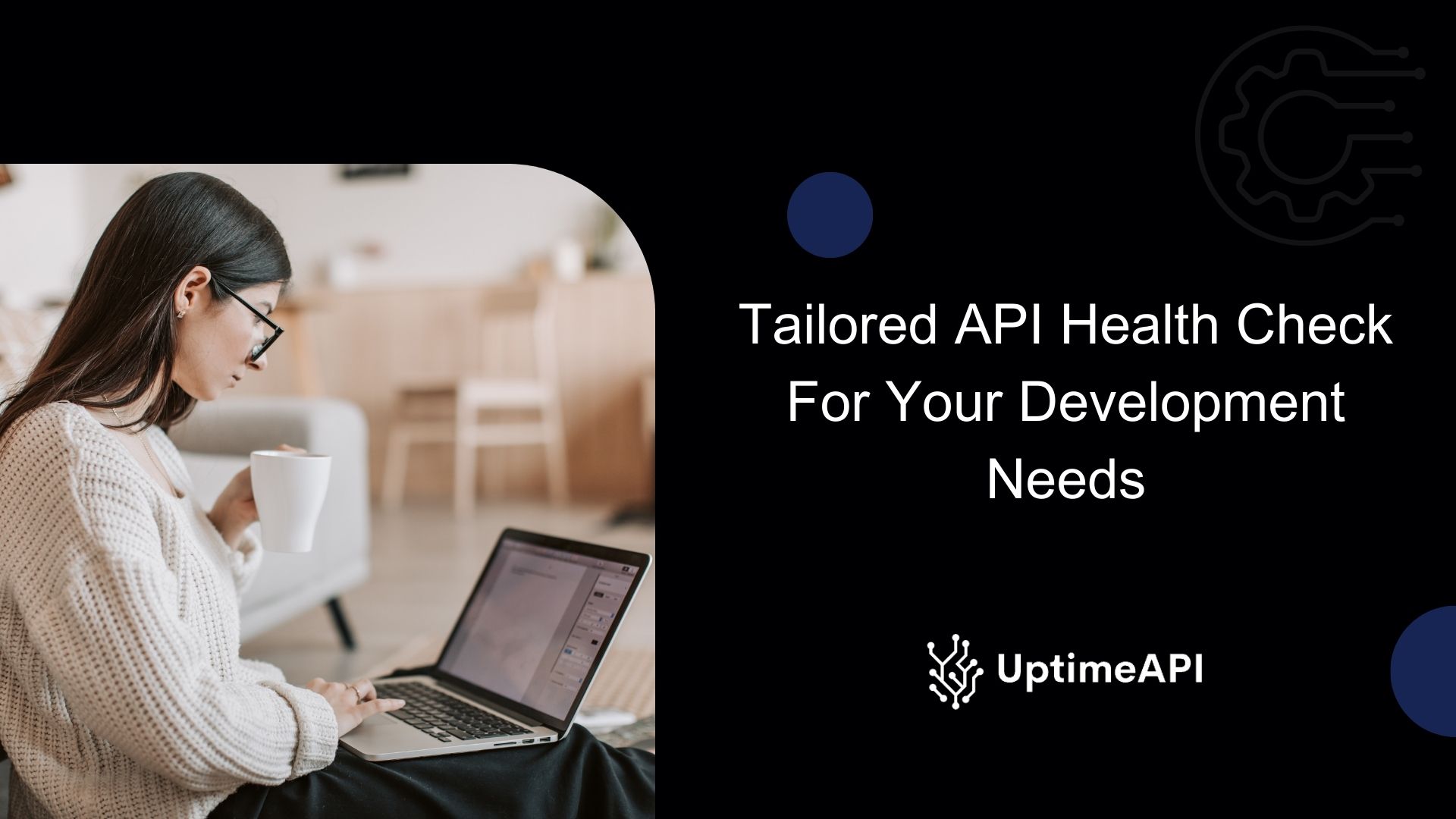Tailored API Health Check For Your Development Needs

In the ever-evolving landscape of software development, ensuring the health and reliability of APIs (Application Programming Interfaces) is paramount. API health check plays a crucial role in this process, serving as the cornerstone of proactive monitoring and management. This article delves into the significance of API health checks in software development, explores the concept of a tailored API , and elucidates their role in optimizing system performance and reliability.
The Importance of API Health Check in Software Development
Sustaining API health and stability is critical to meeting business goals and providing seamless user experiences. Early warning solutions such as API health check enables developers and administrators to identify and resolve possible issues before they become serious ones. Organizations may proactively detect bottlenecks, optimize resources, and guarantee the continuous operation of their digital services by closely observing critical indicators like API performance and uptime.
Tailored APIs involve customizing monitoring parameters and thresholds to align with specific development needs and objectives. Unlike generic monitoring solutions, tailored API health checks enable organizations to focus on key performance indicators (KPIs) that are most relevant to their applications and infrastructure. By tailoring monitoring criteria and response mechanisms, organizations can enhance their ability to identify and address issues promptly, thereby improving system reliability and performance.
Why Are They Essential?
An proactive monitoring procedure called an API health check is used to evaluate the functionality and performance of APIs. They entail periodically testing the functionality, availability, and responsiveness of APIs through queries. API health checks are mostly used to make sure that APIs are operating as intended and to identify any abnormalities in behavior. These checks give businesses the ability to quickly detect and fix problems, reducing downtime and increasing user happiness. They achieve this by giving real-time insights into the health of the API.
They are automated procedures that assess the operational status, responsiveness, and reliability of APIs. They involve sending requests to API endpoints and analyzing the responses to determine whether the API is functioning correctly. Its purpose is to monitor the overall health and performance of APIs, identify potential issues or failures, and trigger alerts or notifications when anomalies are detected.
Uptime API

You can keep an eye on your APIs with the Uptime API. It functions by progressively verifying that your APIs are operational and functioning as planned. Setting up monitoring is simple. Before you can set up monitors, you must be able to modify the watch's timeouts and intervals and know the URL of the target API endpoint to be inspected. You are able to monitor changes in API uptime and performance over time because the API offers historical data and analytics. Make your logs available so you can investigate any API problems.
The Uptime API features monitoring intervals that control how frequently it checks the functionality of your API and timeouts that control how long it will wait for a response. These parameters allow you to customize the monitoring to your requirements and tastes. Furthermore, you may choose which contacts receive dashboard notifications and alert alarms. After that, you can use this to let your team know. Select from an array of adjustable options featuring different monitor capacities to obtain the monitoring package that most closely matches your needs.
All prices are displayed in US dollars. All major credit and debit cards are accepted. One of the most reputable businesses in the payments industry, Stripe, powers the payment system that makes use of the most recent security technology. Furthermore, you will be able to use the Uptime API for free for thirty days prior to being forced to upgrade to a more expensive membership.